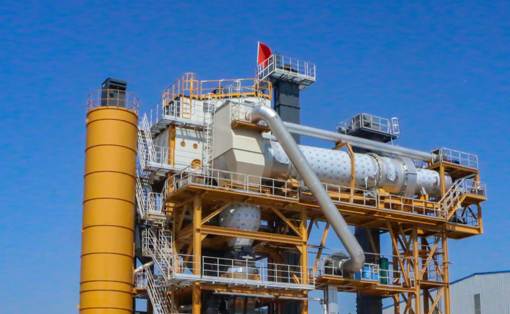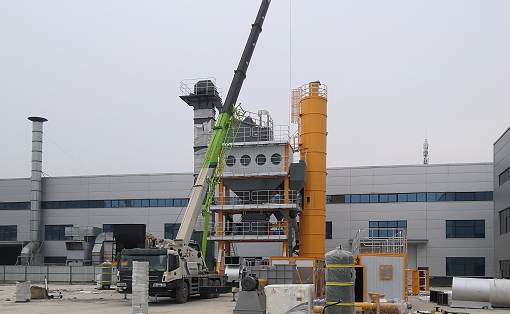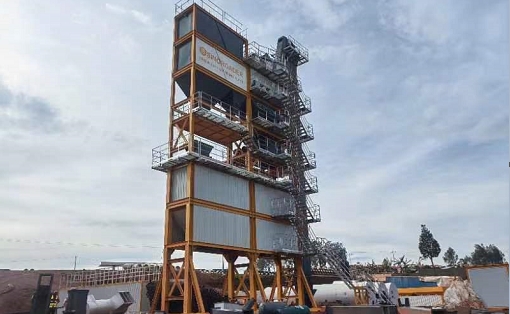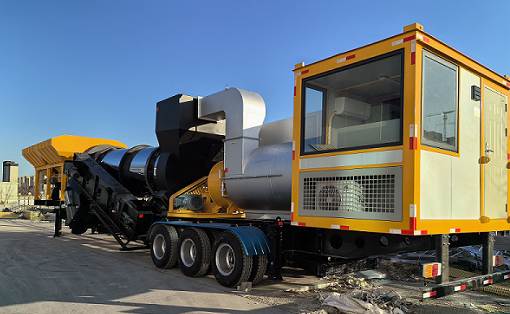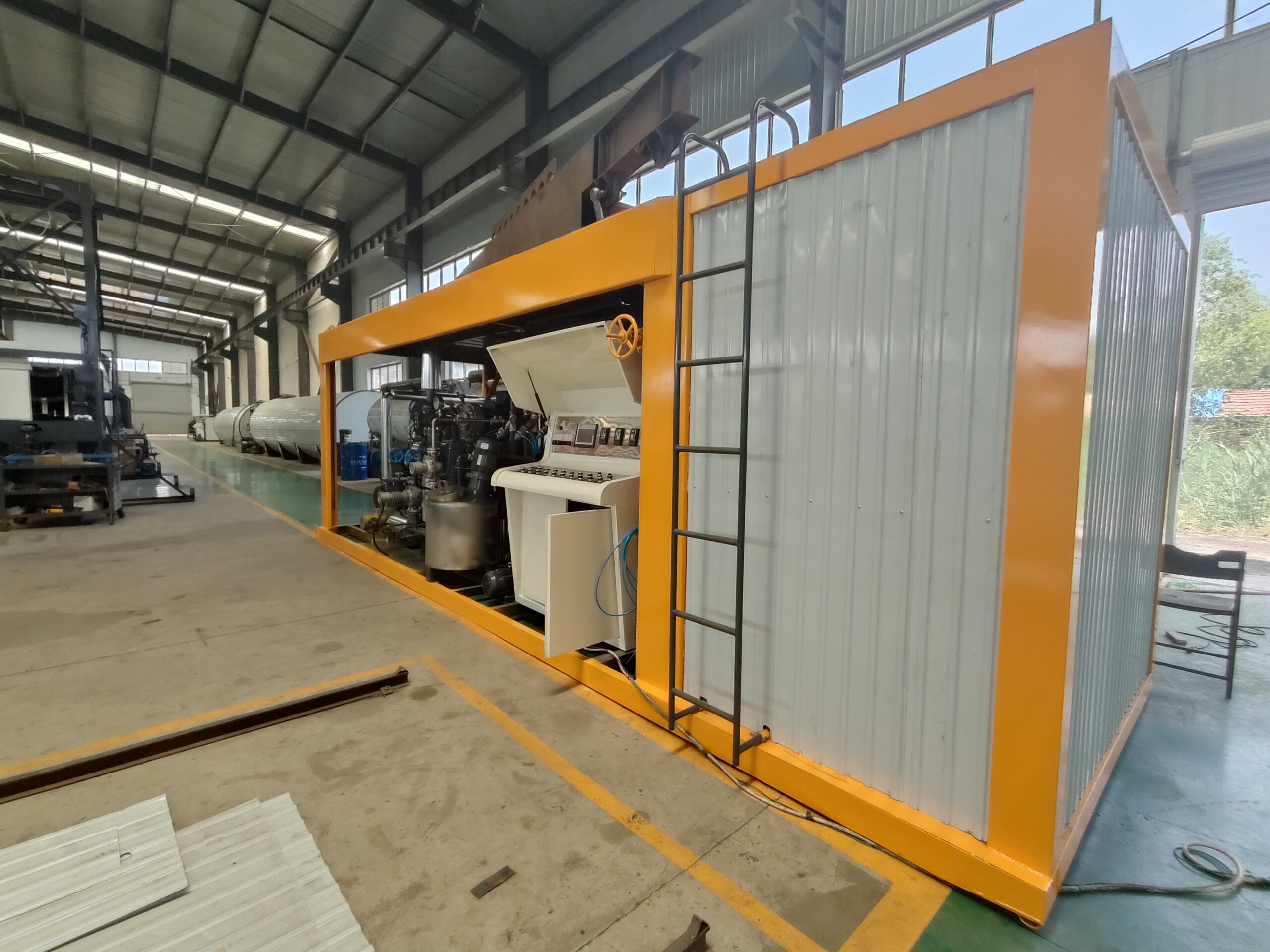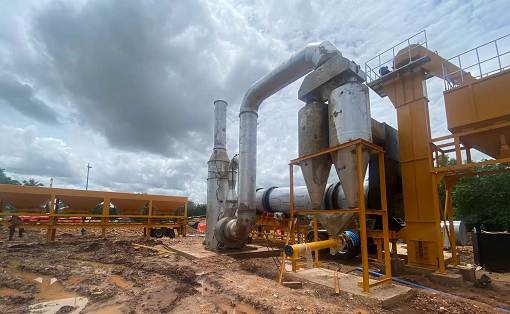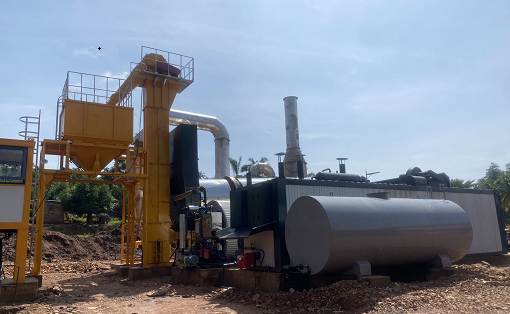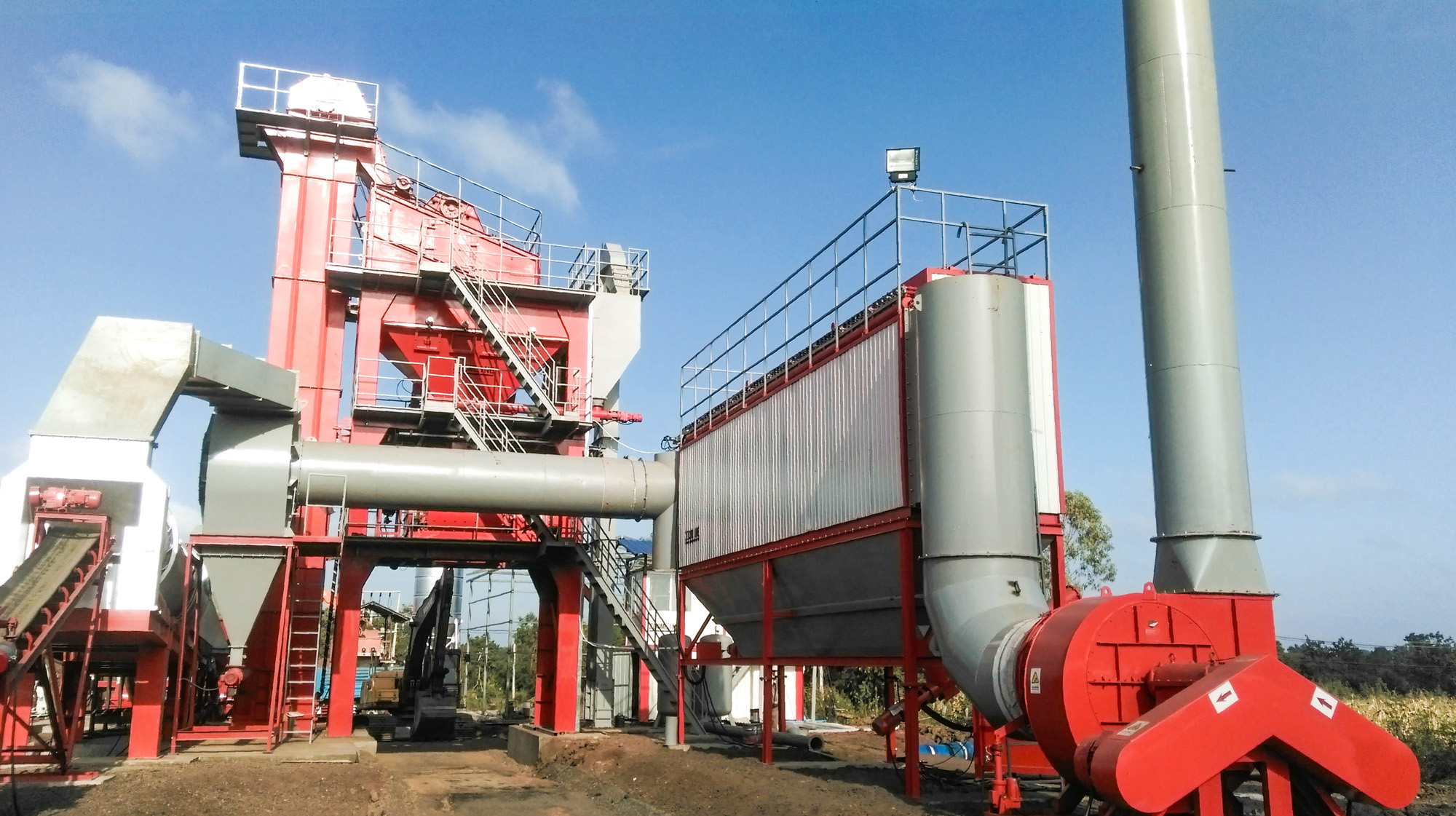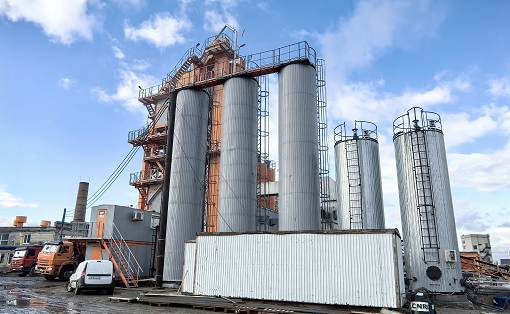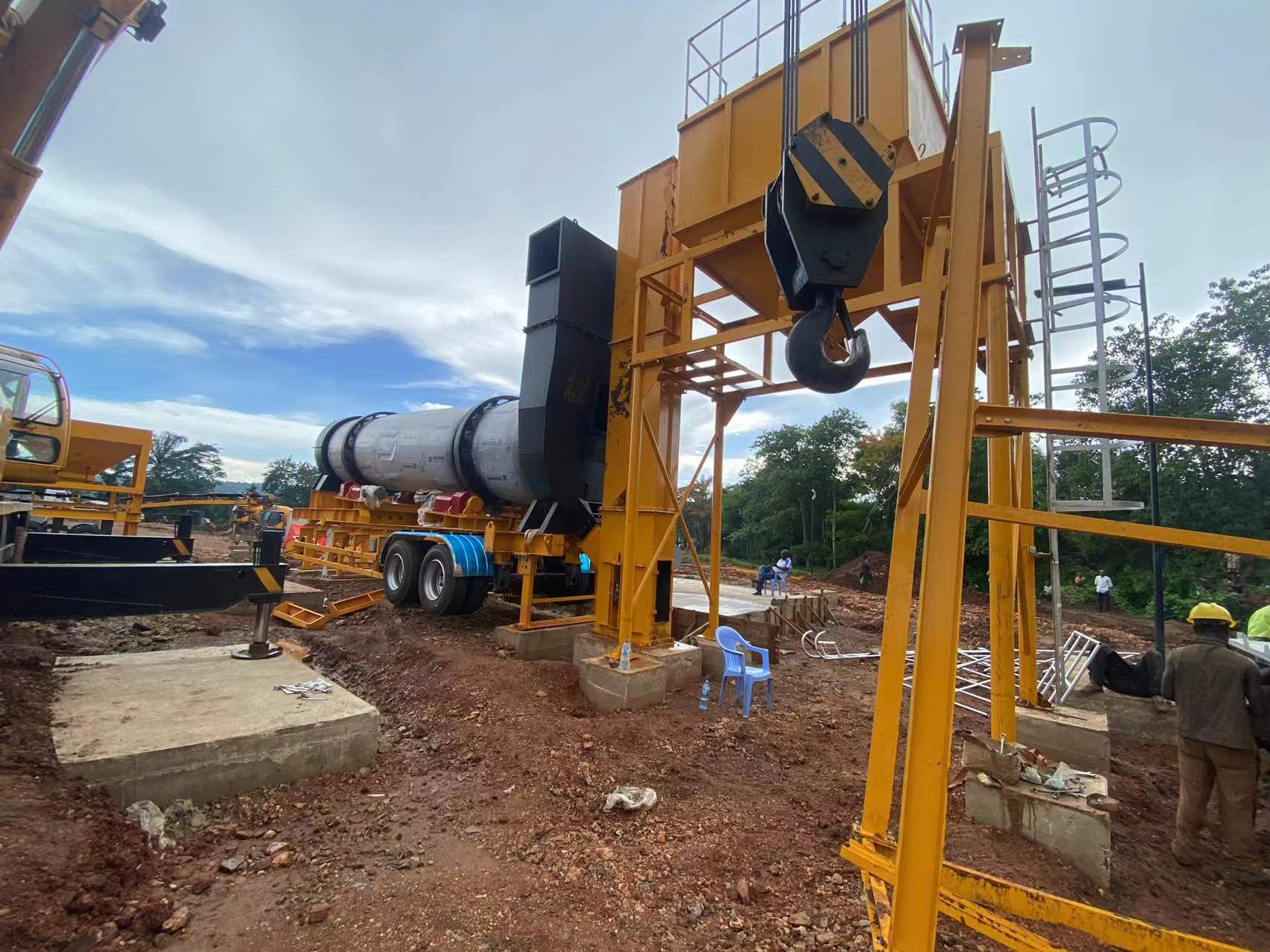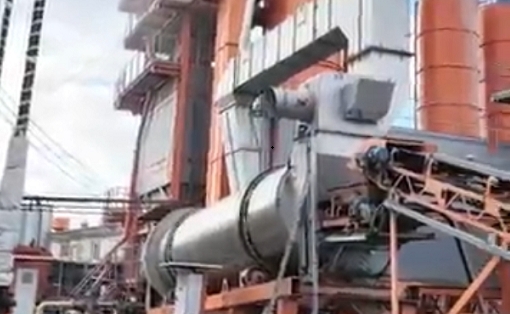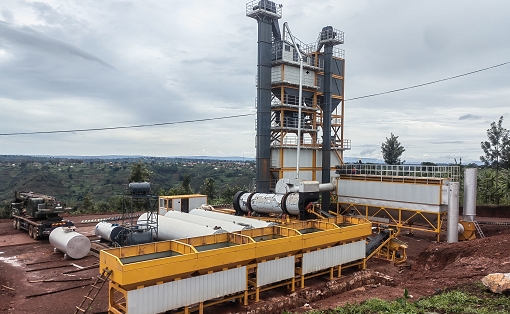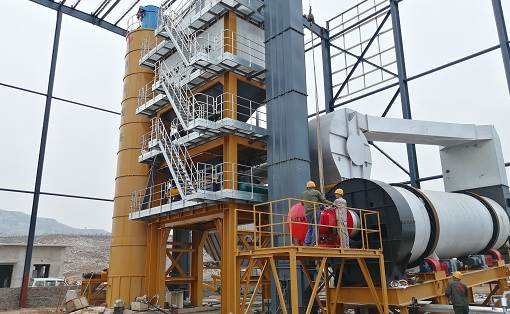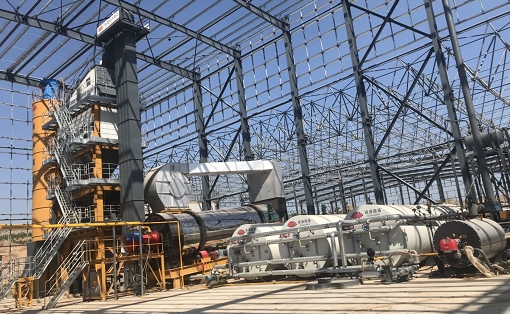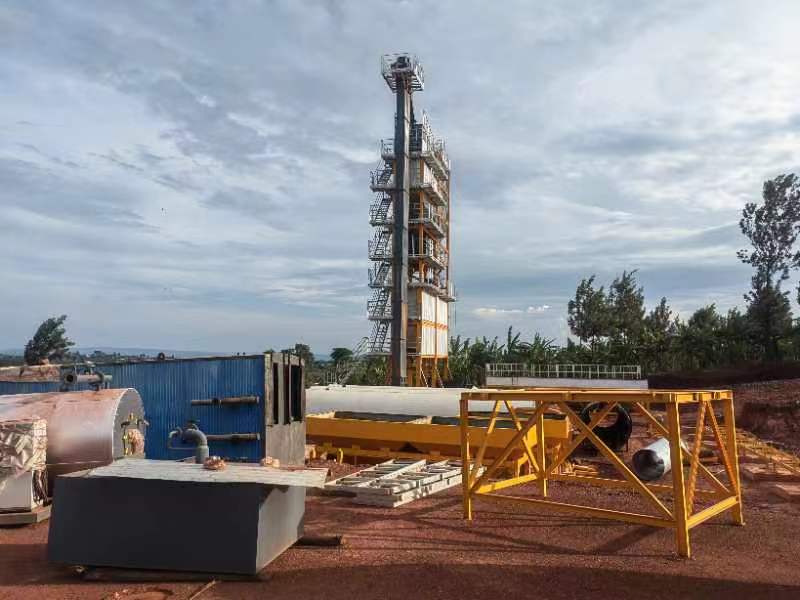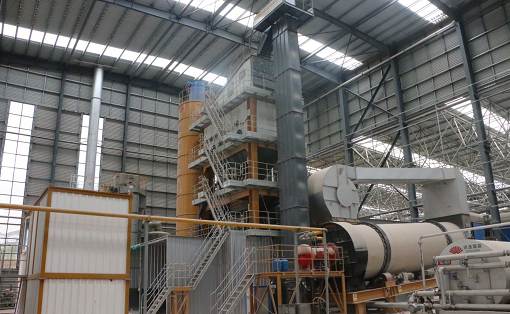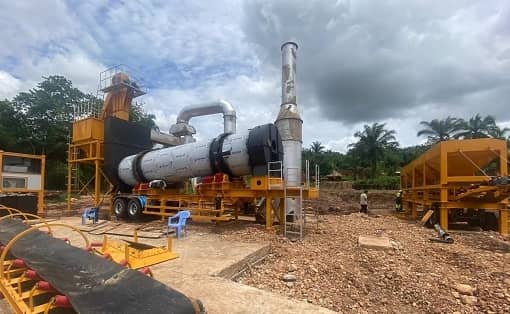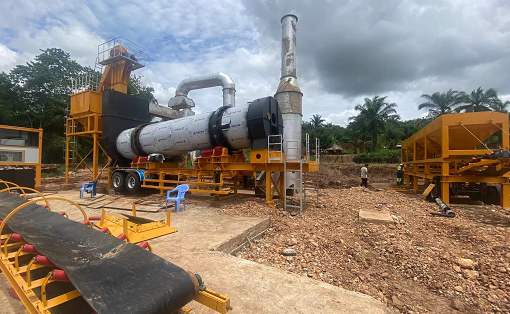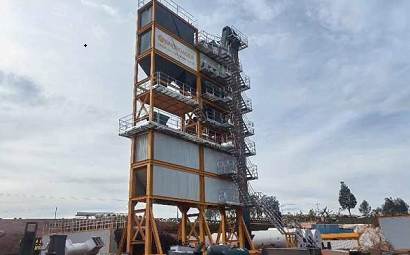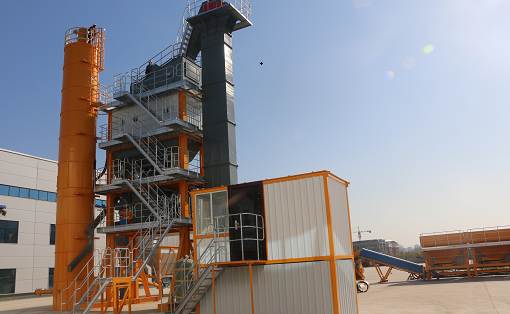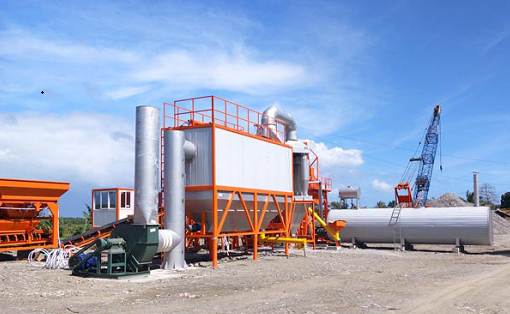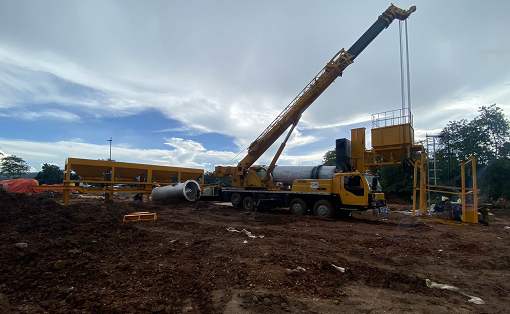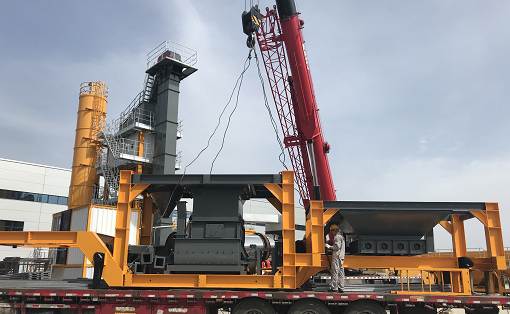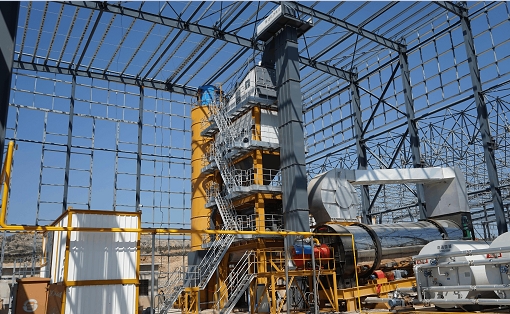How to choose the right asphalt mixing plant model according to demand?
I. The basis for the classification of asphalt mixing plant models
The models of imported asphalt mixing plants are mainly divided according to the following three aspects:
1. Production capacity: According to the size of production capacity, asphalt mixing plants can be divided into small (30-60 tons/hour), medium (60-300 tons/hour) and large (300 tons/hour or more).
2. Functional characteristics: Different models of asphalt mixing plants have different functional configurations, such as asphalt batching system, interference screening system, thermal regeneration system and asphalt storage system, etc., to meet the needs of different road construction projects.
3. Additional equipment: According to customer requirements, imported asphalt mixing plants can also be equipped with additional equipment such as environmental protection equipment, intelligent control systems, oil storage tanks, etc., which will also affect the classification of models.
II. The difference and application scope of different models of asphalt mixing plants
1. Small asphalt mixing plant: suitable for smaller-scale road construction projects, such as community or village roads. Although the production efficiency is low, it occupies a small area and is affordable.
2. Medium-sized asphalt mixing plant: suitable for medium-sized road construction, such as county and township roads. Its production efficiency is high, it has certain requirements for the quality of raw materials, and the price is moderate.
3. Large asphalt mixing plant: suitable for large-scale construction projects such as highways and airports. The production efficiency is extremely high, and the requirements for asphalt materials are also higher, but it occupies a large area and has a high price.
In summary, the selection of a suitable imported asphalt mixing plant model requires comprehensive consideration of factors such as production capacity, functional characteristics and additional equipment, and selection and purchase according to the needs of the actual road construction project.
I. The basis for the classification of asphalt mixing plant models
The models of imported asphalt mixing plants are mainly divided according to the following three aspects:
1. Production capacity: According to the size of production capacity, asphalt mixing plants can be divided into small (30-60 tons/hour), medium (60-300 tons/hour) and large (300 tons/hour or more).
2. Functional characteristics: Different models of asphalt mixing plants have different functional configurations, such as asphalt batching system, interference screening system, thermal regeneration system and asphalt storage system, etc., to meet the needs of different road construction projects.
3. Additional equipment: According to customer requirements, imported asphalt mixing plants can also be equipped with additional equipment such as environmental protection equipment, intelligent control systems, oil storage tanks, etc., which will also affect the classification of models.
II. The difference and application scope of different models of asphalt mixing plants
1. Small asphalt mixing plant: suitable for smaller-scale road construction projects, such as community or village roads. Although the production efficiency is low, it occupies a small area and is affordable.
2. Medium-sized asphalt mixing plant: suitable for medium-sized road construction, such as county and township roads. Its production efficiency is high, it has certain requirements for the quality of raw materials, and the price is moderate.
3. Large asphalt mixing plant: suitable for large-scale construction projects such as highways and airports. The production efficiency is extremely high, and the requirements for asphalt materials are also higher, but it occupies a large area and has a high price.
In summary, the selection of a suitable imported asphalt mixing plant model requires comprehensive consideration of factors such as production capacity, functional characteristics and additional equipment, and selection and purchase according to the needs of the actual road construction project.


